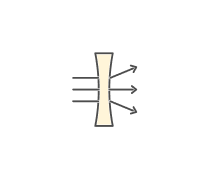Instrumental Techniques Test On UV-vis And NMR
- ACS
- ISO/IEC 17025
2.
You may optionally provide this to label your report, leaderboard, or certificate.
Submit
×
Thank you for your feedback!
















